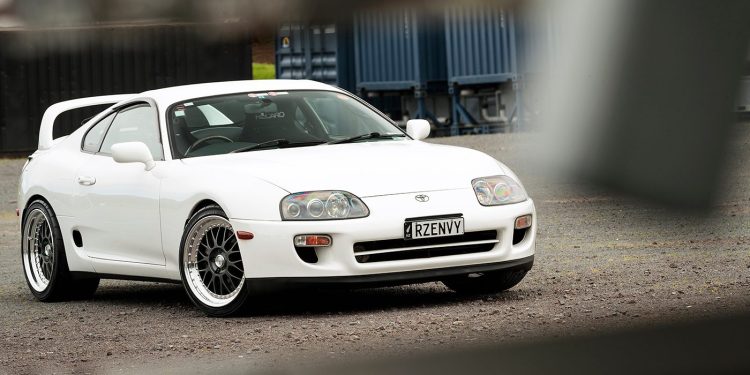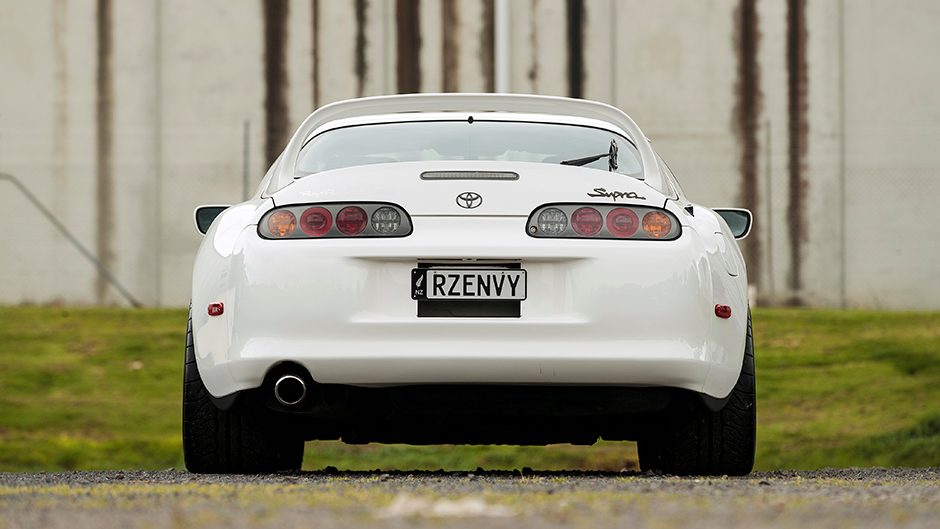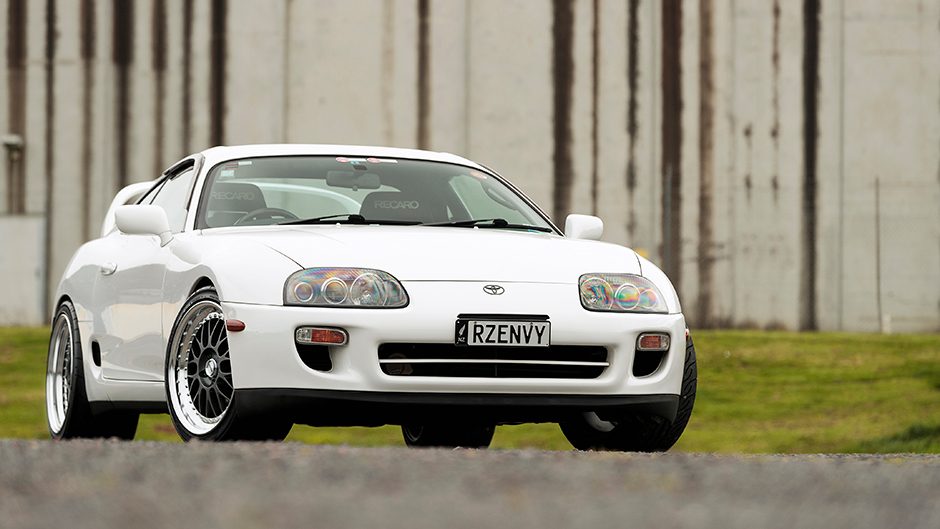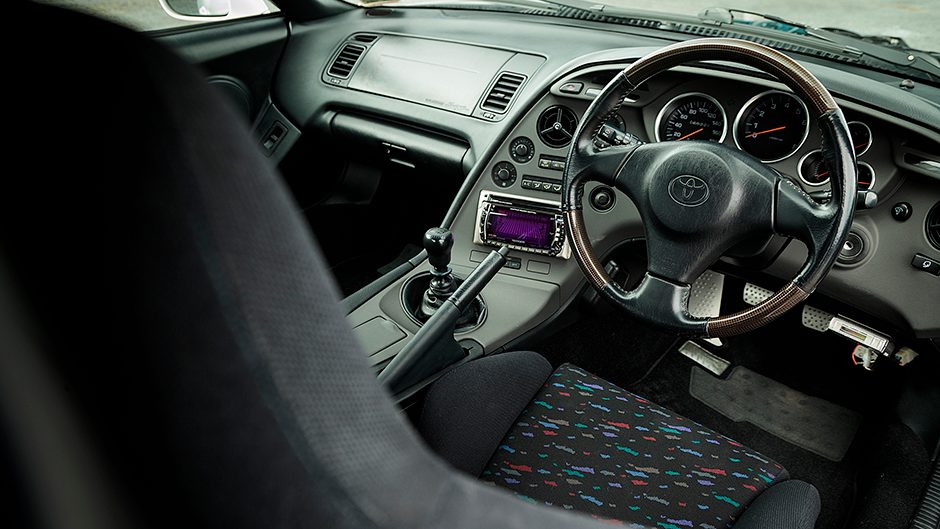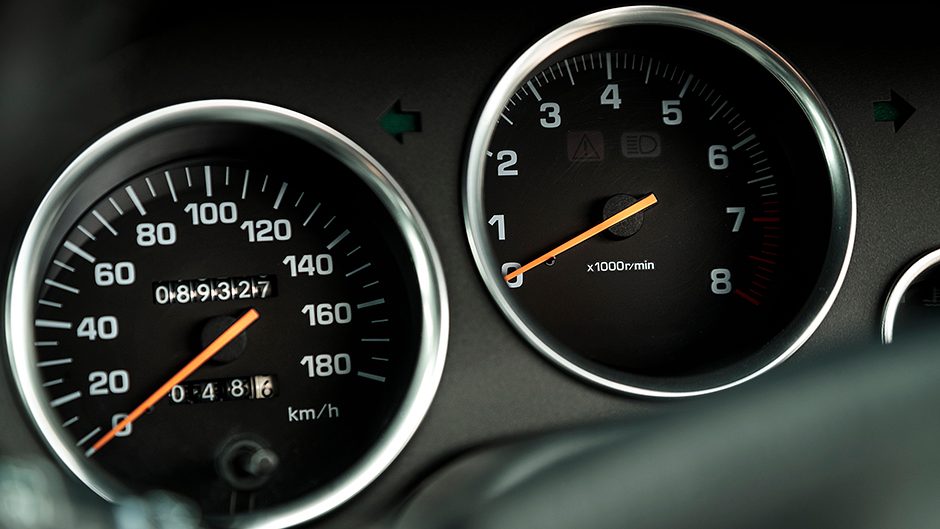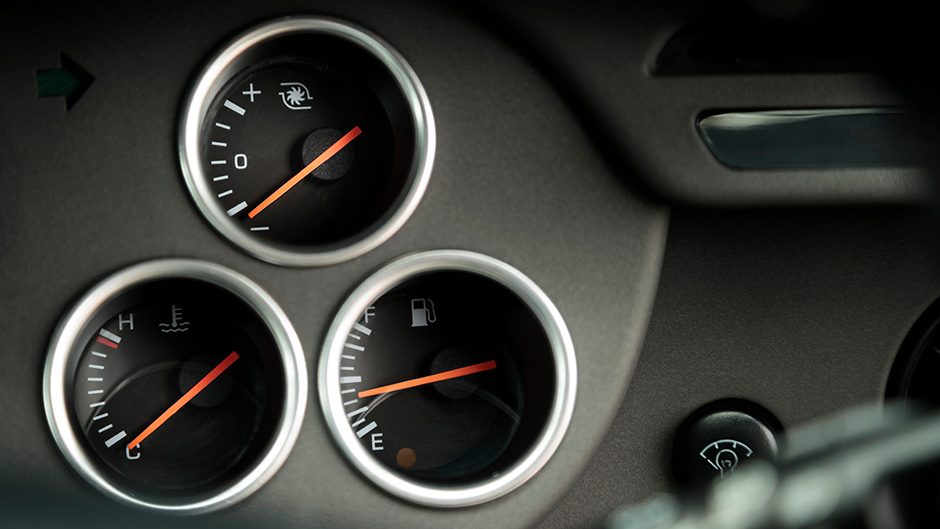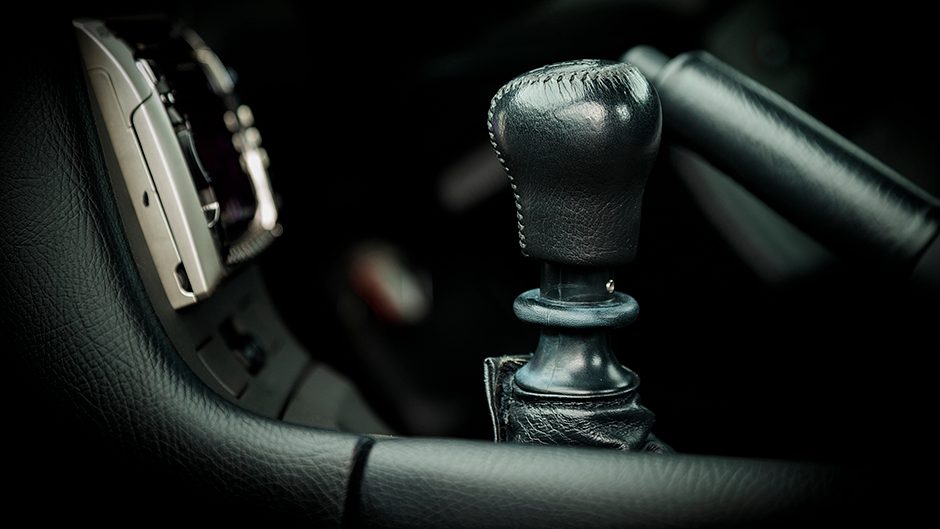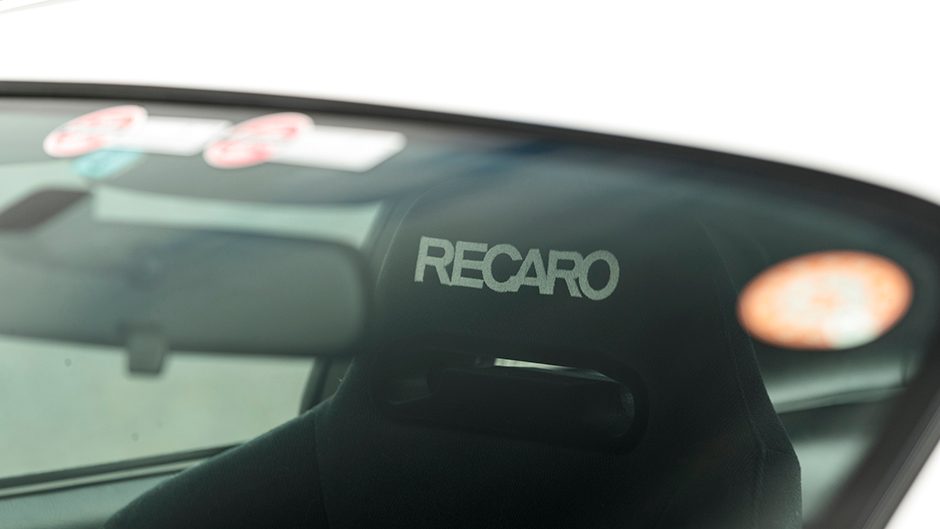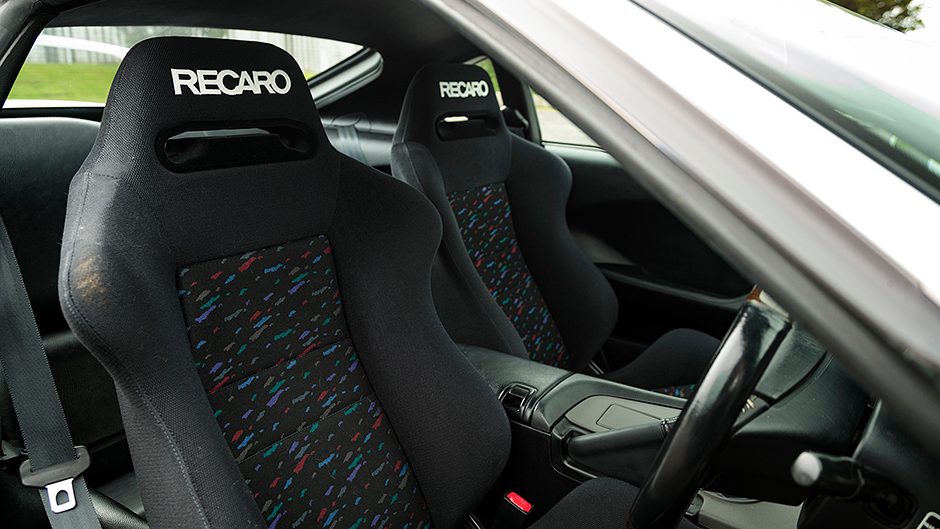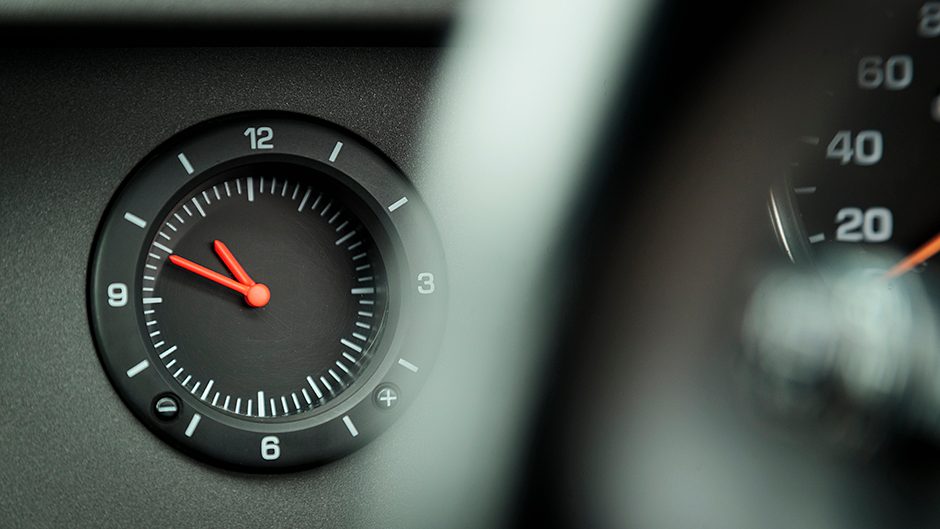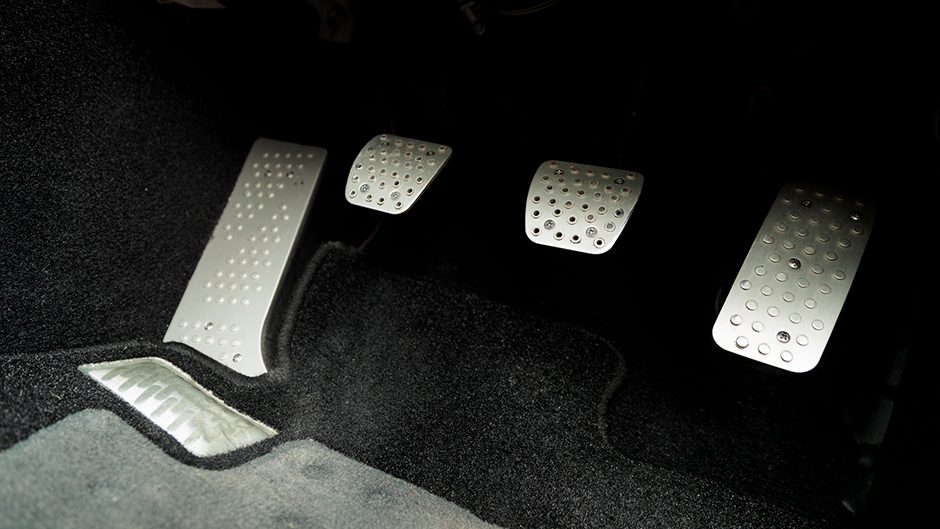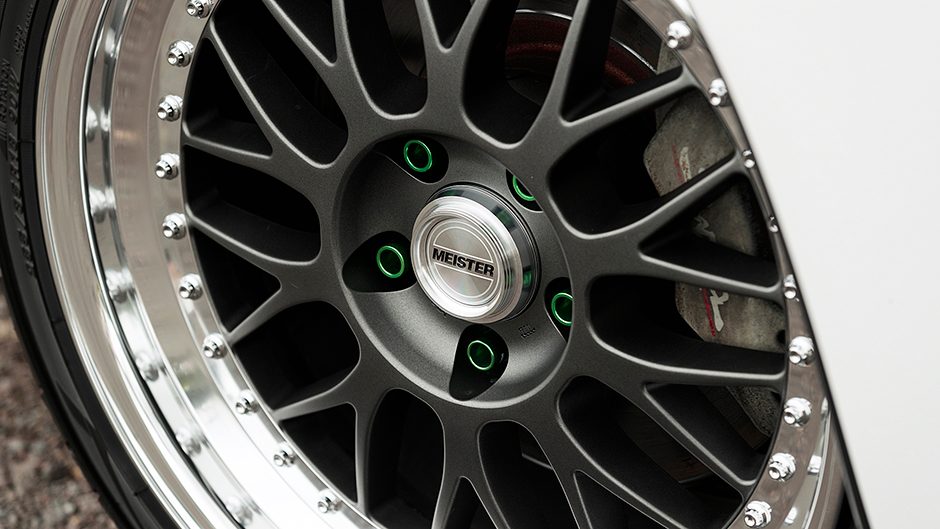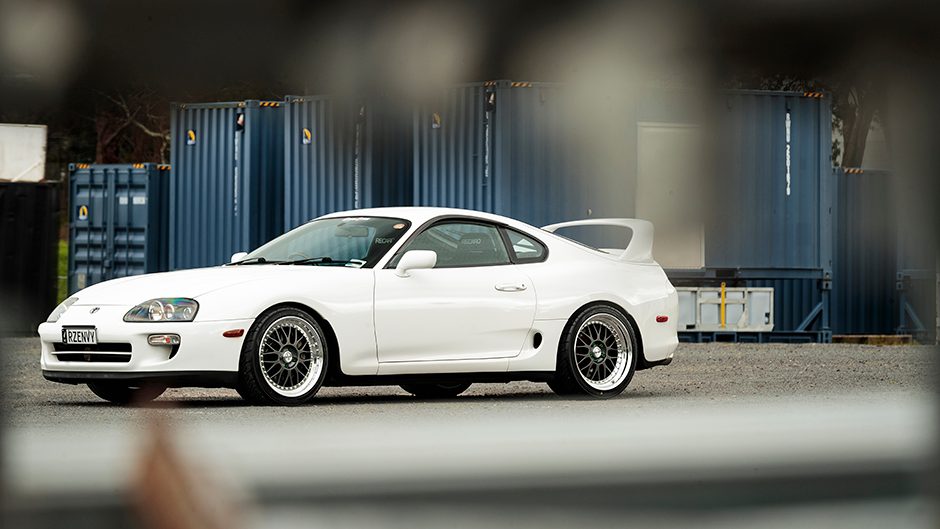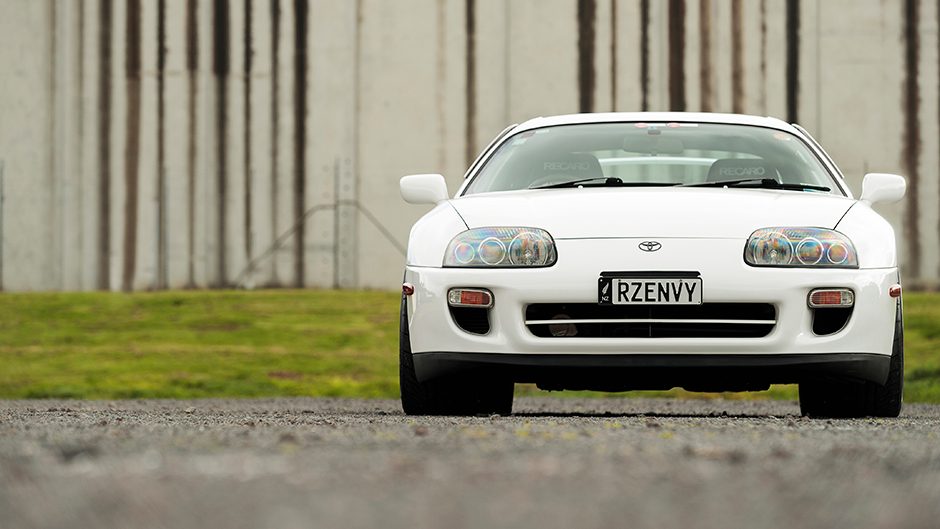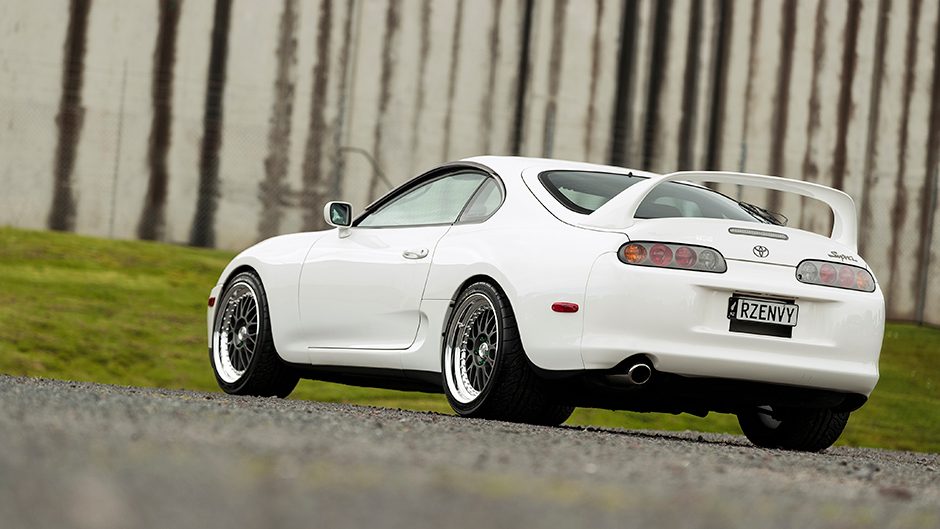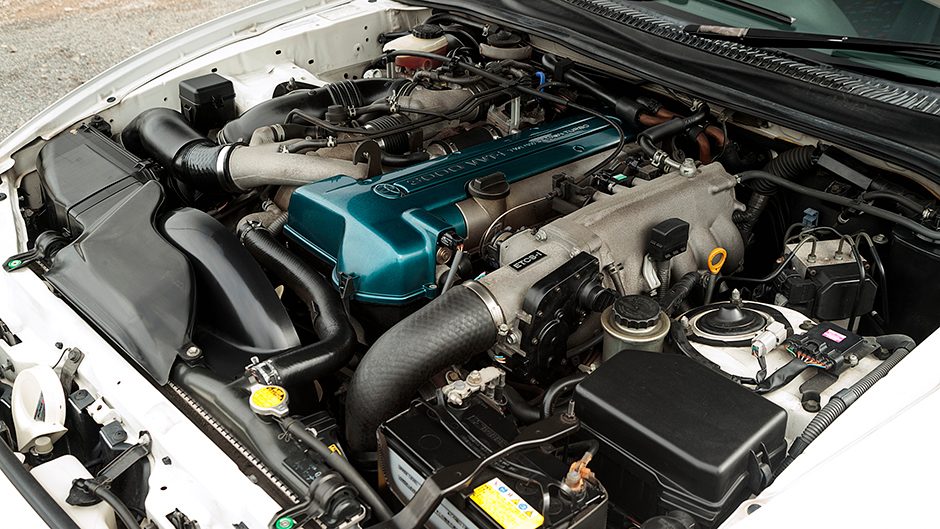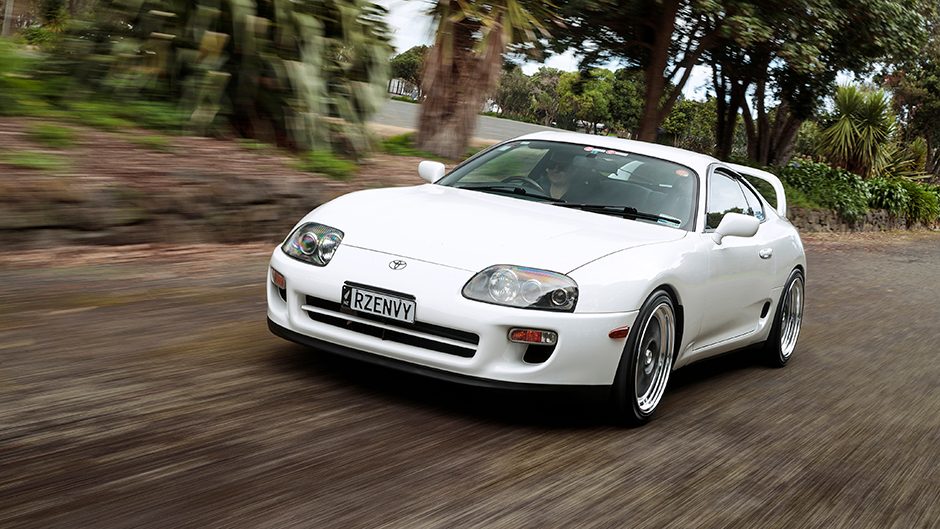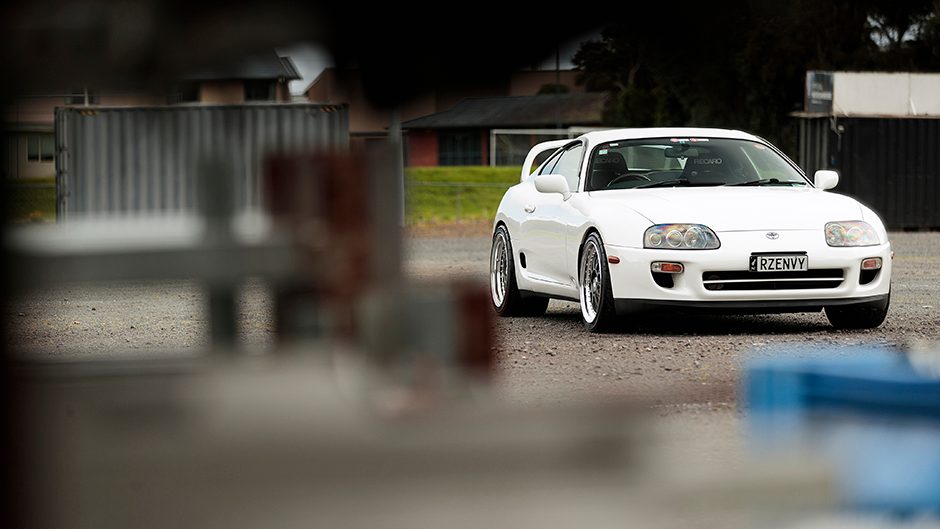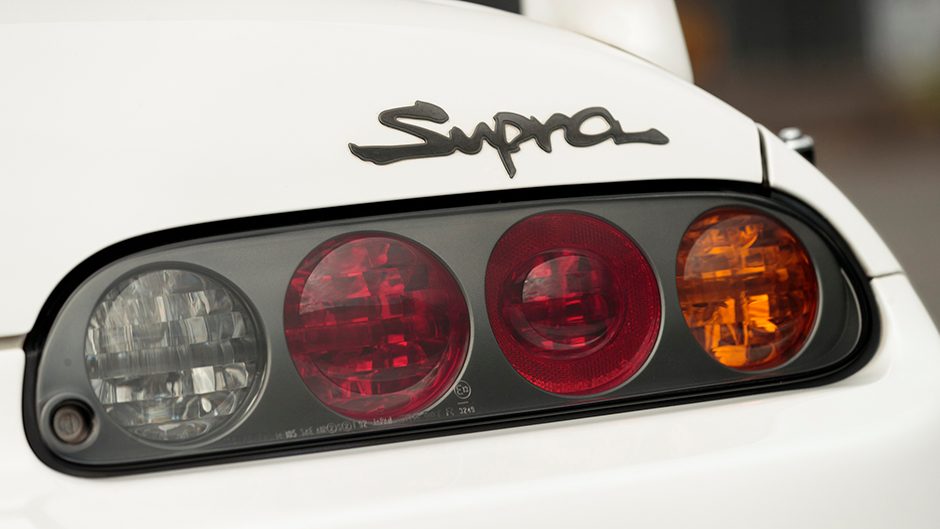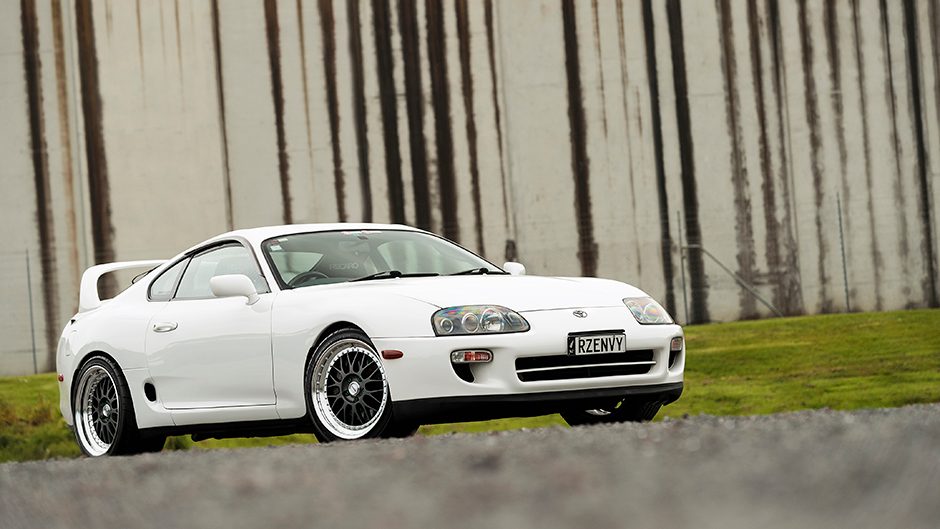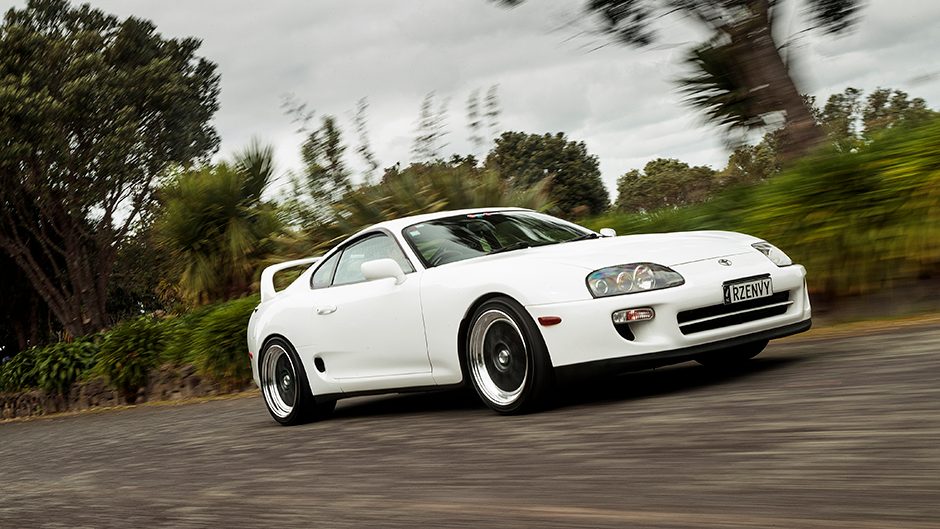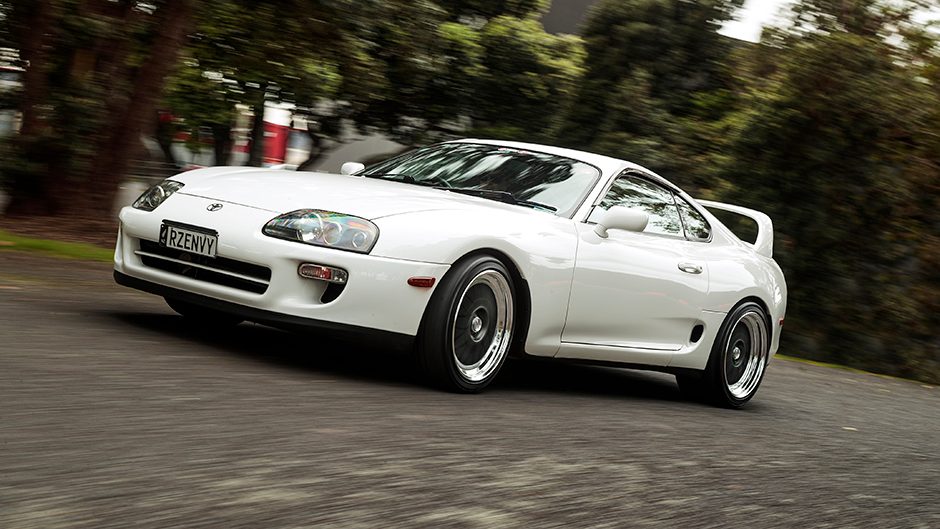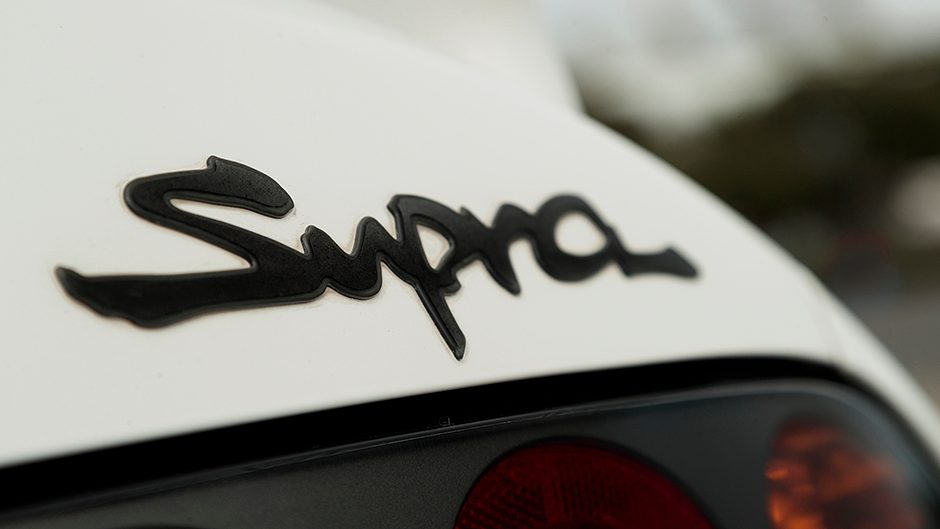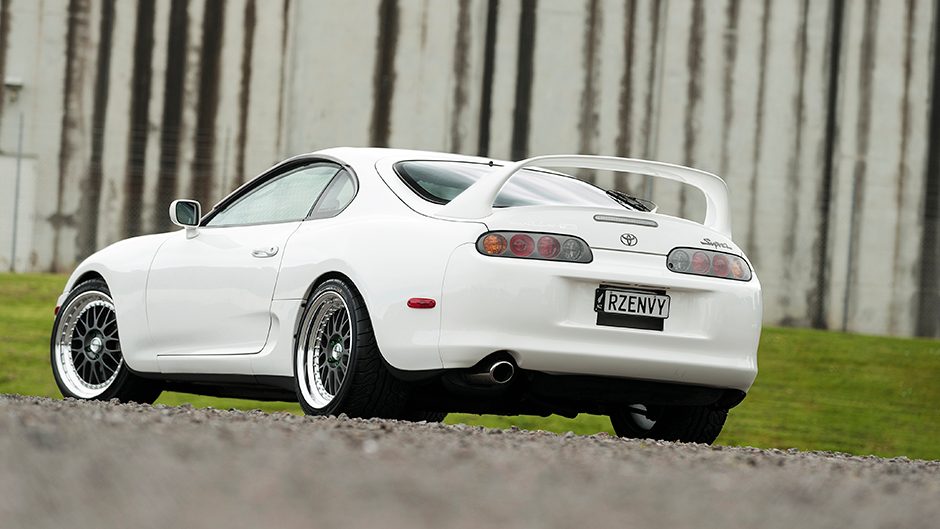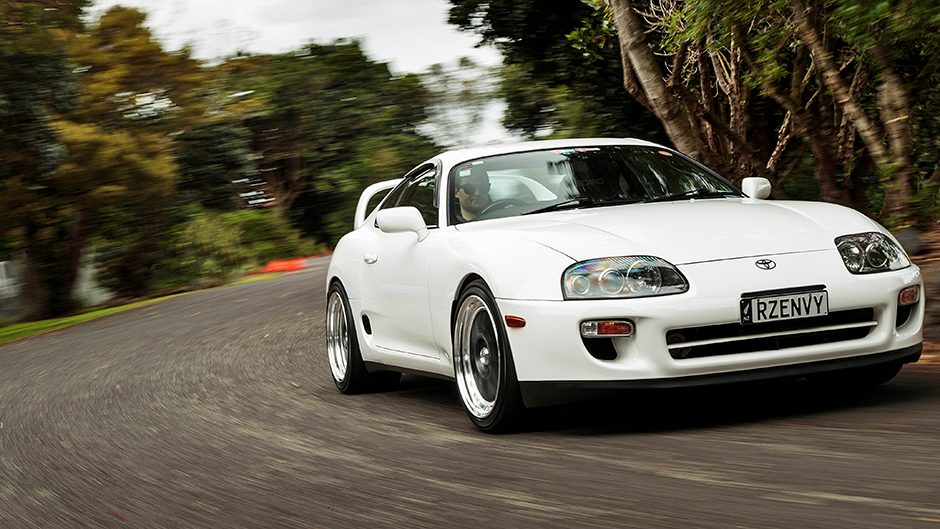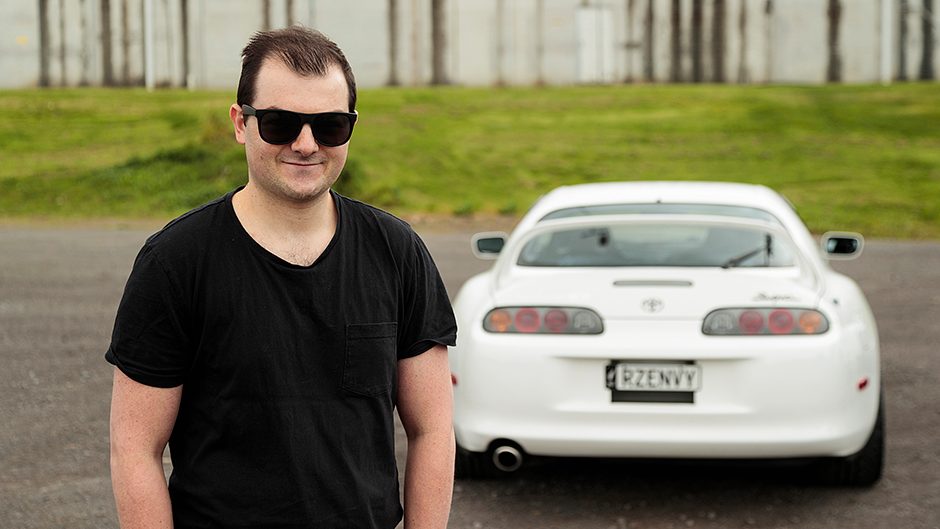2000 Toyota Supra RZ
With prices rising, now is the time to jump on cars like the fourth gen toyota supra. We drive a fine example that hasn’t been fouled with.
Back in the 1990s, we were spoilt for choice when it came to fast Japanese sports cars. Toyota’s Supra had been around since 1978 but it was the fourth generation, codenamed A80, that really kicked off the badge’s fame. In standard form, the coupe could hold its own against the Ferraris and Porsches of the day but the Supra really found a home amongst tuners, who pushed the 2JZ-GTE engine up into the 1000 horsepower zone, often using stock internals.
This example you see here belongs to Adam Taylor. After signing on a house back in 2015, he decided to hunt down the perfect A80 as his ‘final’ car purchase (though we all know it’s never really the last one). At the time, there were few Supras in New Zealand that ticked all the boxes, so Adam began looking in Japan. For nine months he trawled Japanese auction sites, hunting for the perfect example. Finally, this one came up and Adam jumped on it, winning the auction and bringing the car to Kiwi shores for $32k.
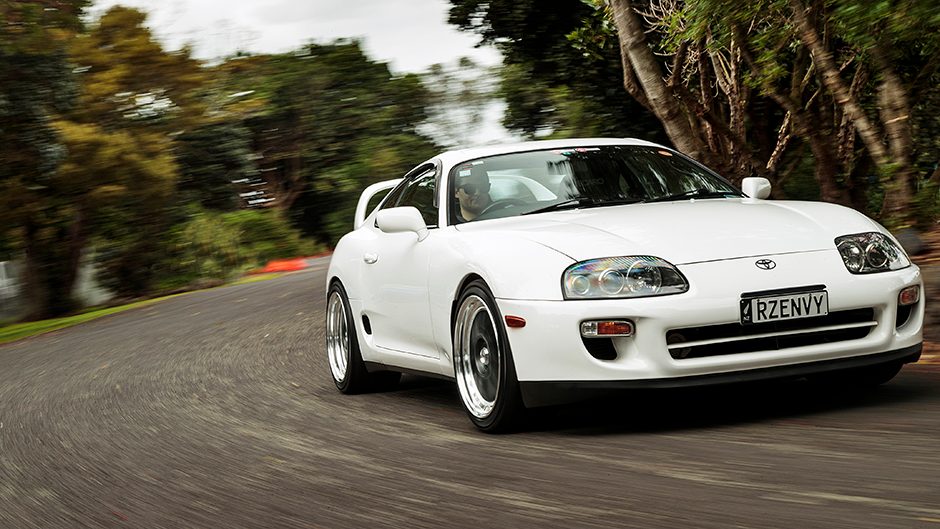
It had a scant 73,000km on the clock when it arrived and, being an MY2000 RZ version, all the bells and whistles. That means factory Recaro seats, carbon fibre trim on the steering wheel, updated lights and interior features, and the 2JZ-GTE engine came with VVTI to increase low-end torque.
Interestingly, four years after the buy, the powertrain remains completely standard, making it something of a unicorn among A80 Supras. You won’t find any huge turbos or fart cannon exhausts here. In fact, the only things different about the car are a set of Bilstein shocks with Tein springs, 18-inch Work Meister M1 three piece wheels and fresh Yokohama rubber.
Adam said he’s taken the car to the track where body roll was quite evident, so he’s planning on upgrading the anti-roll bars as well as the brake pads, rotors and lines to something more track worthy. He isn’t after big power figures, although swapping the standard exhaust system is on his list. Apparently Toyota fitted the later Supras with no less than three catalytic converters to play nice with emissions laws and ditching those can unlock around 80 extra ponies.
For Adam, driveability and balance are the most important aspects to maintain. He has an “OEM plus” goal in mind. That means he wants the car to look close to stock while subtly improving performance and aesthetics here and there. Adam says that despite the Supra receiving mixed reviews about its appearance, he has always admired the curvy lines. Growing up playing video games like Need for Speed and Gran Turismo, the A80 would always be his first pick.
As the Internet became the dominant information force it is, Adam would read stories about near-stock Supras defeating supercars and superbikes in drag races. Really, it was only a matter of time before he owned one himself.
Being the nice guy he is, Adam let us behind the wheel for a quick blast. Slotting into the Recaro takes a bit of effort although once strapped in it is quite comfortable. The Supra’s driver-oriented cockpit is an epic place to be, with everything necessary visible and within easy reach. The later A80 models, like this one, had a trio of gauges for boost pressure, temperature and fuel levels on the right of the dash while the tacho takes centre stage, pushing speed to the left. It’s not far off what you might see in a 911, now that we think about it.
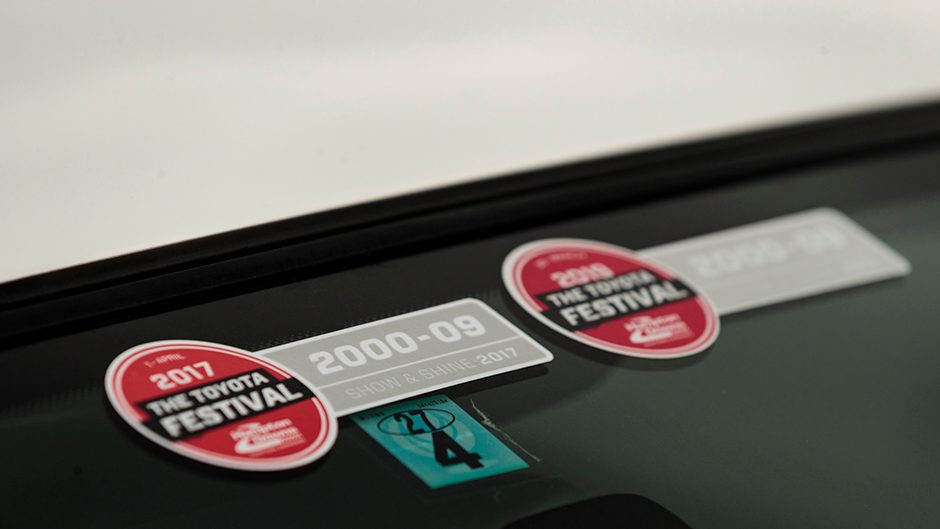
The double DIN stereo is actually a factory option, although it doesn’t look like it. We didn’t test it out, the flutter of the turbos and muted howl of the 2JZ enough music for us. Rearward visibility is surprisingly fine, despite the hefty spoiler. If we’re being honest, the wing adds to the theatre of the car and we wouldn’t remove it, given the choice. The rear seats are best used for carrying a backpack as legroom is essentially non-existent.
As to how it drives, the Supra felt quite tame at first. Movies like Fast and Furious and the Internet have hyped the car up to insane levels, and Adam says that people who talk to him about the car immediately assume it has dyno-destroying levels of power just because of the badge. Thankfully, wrangling the stock 300 horses is much more manageable. The gearbox feels slick, not quite as good as the Honda S2000’s we drove last month but still a pleasure to use.
The clutch feels heavy and slightly clunky. Adam mentioned this before we drove the car, saying he thought it was a sign of a hard life at first but soon learned it’s simply a quirk of the car and that many of these transmissions feel this way.
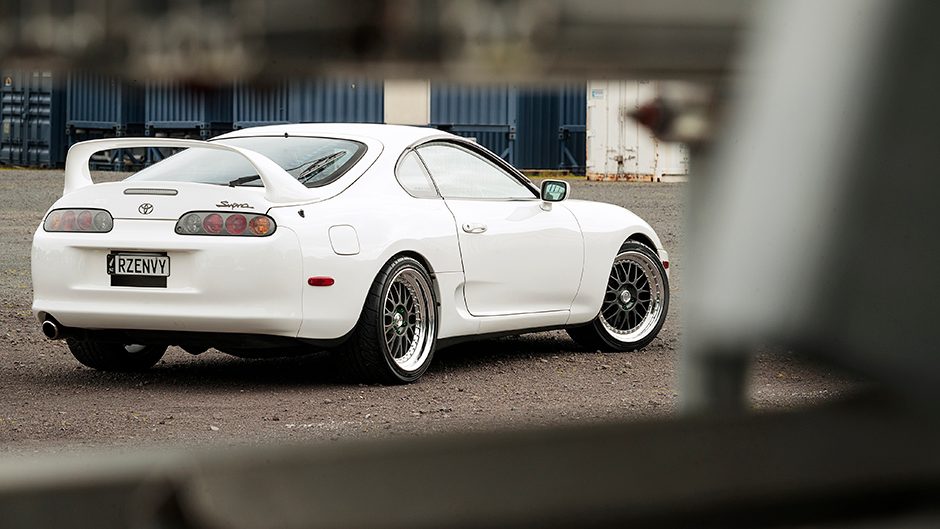
The sequential turbo system works a treat, with the smaller of the two helping push the big six along at lower revs. There’s a microsecond of a power dip at around 4500rpm as the turbos switch but when the larger turbo comes online, best make sure there’s some space ahead. Revs will climb happily past 6000rpm if you let them, along with speeds that encroach on licence-losing territory. The hydraulic steering firms up nicely to keep the nose straight and true.
When you hit a hundred, revs sit at about two and a half. Adam said fuel use isn’t stellar, as you might expect, but keeping a light right foot means long-distance hauls are possible without too many fuel stops. The engine is vibe-free, with the only real noise entering the cabin some tyre roar from the track-oriented rubber. Back in civilisation, the steering is easy to operate and you get used to that clutch. The whole car is quite docile really, largely owing to the stock powertrain. That said, potholes are best avoided where possible, especially with stiffer springs like we have here.
Prices for Japanese sports cars of this vintage have been steadily rising as they pass 25 years of age and Americans are allowed to get their hands on them. This year alone, two mint A80 Supras sold at auction for over $US120,000. Adam reckons that if he bought his today, it would ask well above $50k.
If you’re in the market for JDM legends like the A80 Supra, act fast. They’re getting rarer and more expensive by the week.


